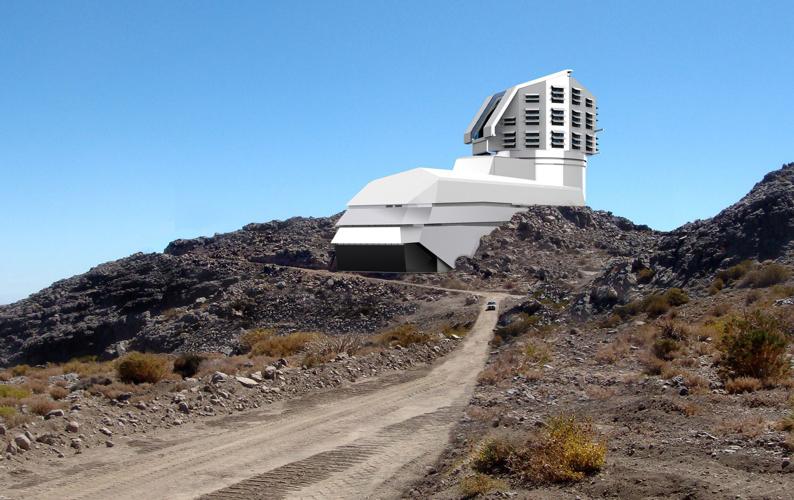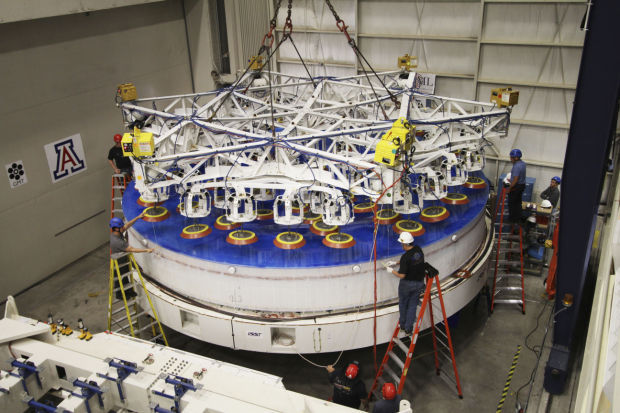The Large Synoptic Survey Telescope (LSST), the Tucson-based project that promises the fastest, widest and deepest look at the cosmos, is inviting Tucsonans to meet the team building it at a public lecture Wednesday.
The lecture, by astronomer Lucianne Walkowicz, is titled “Explosions in the Sky: Observing Our Changeable Universe with LSST.”
Walkowicz is an astronomer at Adler Observatory in Chicago and head of science collaboration for LSST.
The evening also offers a chance to meet the LSST team, in Tucson for an all-hands meeting to plan the project’s scientific goals, as work proceeds on building an observatory in Chile and the world’s largest camera.
LSST will make a 10-year movie of the night sky, providing data on everything that moves or changes and creating a new tool for measurement of the cosmos that will provide clues to the mysterious forces that created and sustain it.
In a previous talk, Walkowicz said the giant data source called LSST will gather “this giant treasure trove in which we have hidden the secrets of the universe.”
Astronomers already talk about the “LSST era” and its potential for changing the way astronomy is done.
The $1 billion project was conceived and launched in Tucson and is headquartered here. Its novel 8.4-meter-diameter mirror, which contains the primary and tertiary mirror on a single piece of glass, was cast and polished beneath the bleachers of UA Stadium in the Richard F. Caris Mirror Lab.
LSST was chosen by astronomers as the highest priority large project in the Astro2010 decadal survey and became the first priority for funding by the National Science Foundation, which provides the bulk of the funds for building and operating it.
It is scheduled to be fully operational by 2023.





